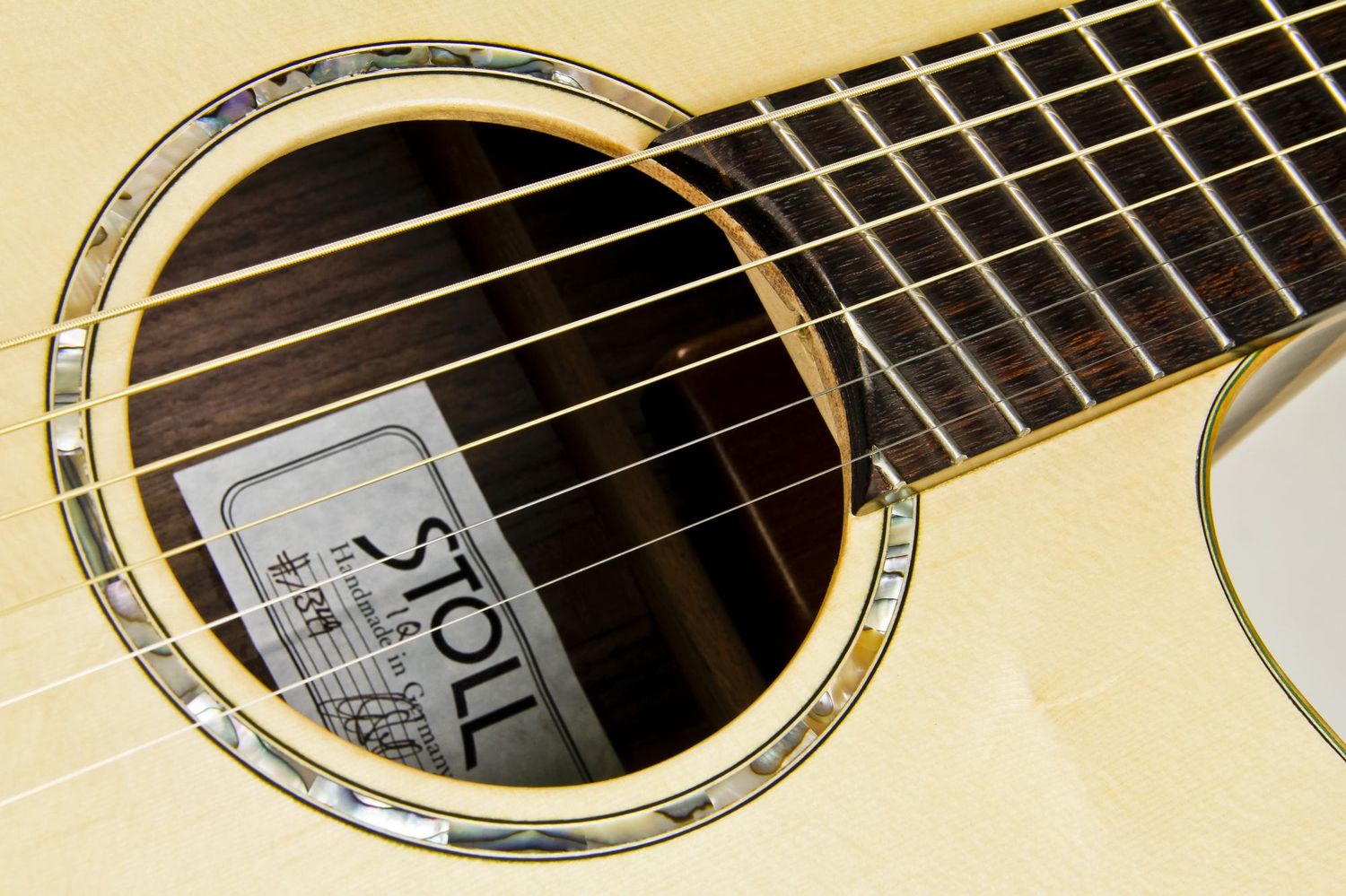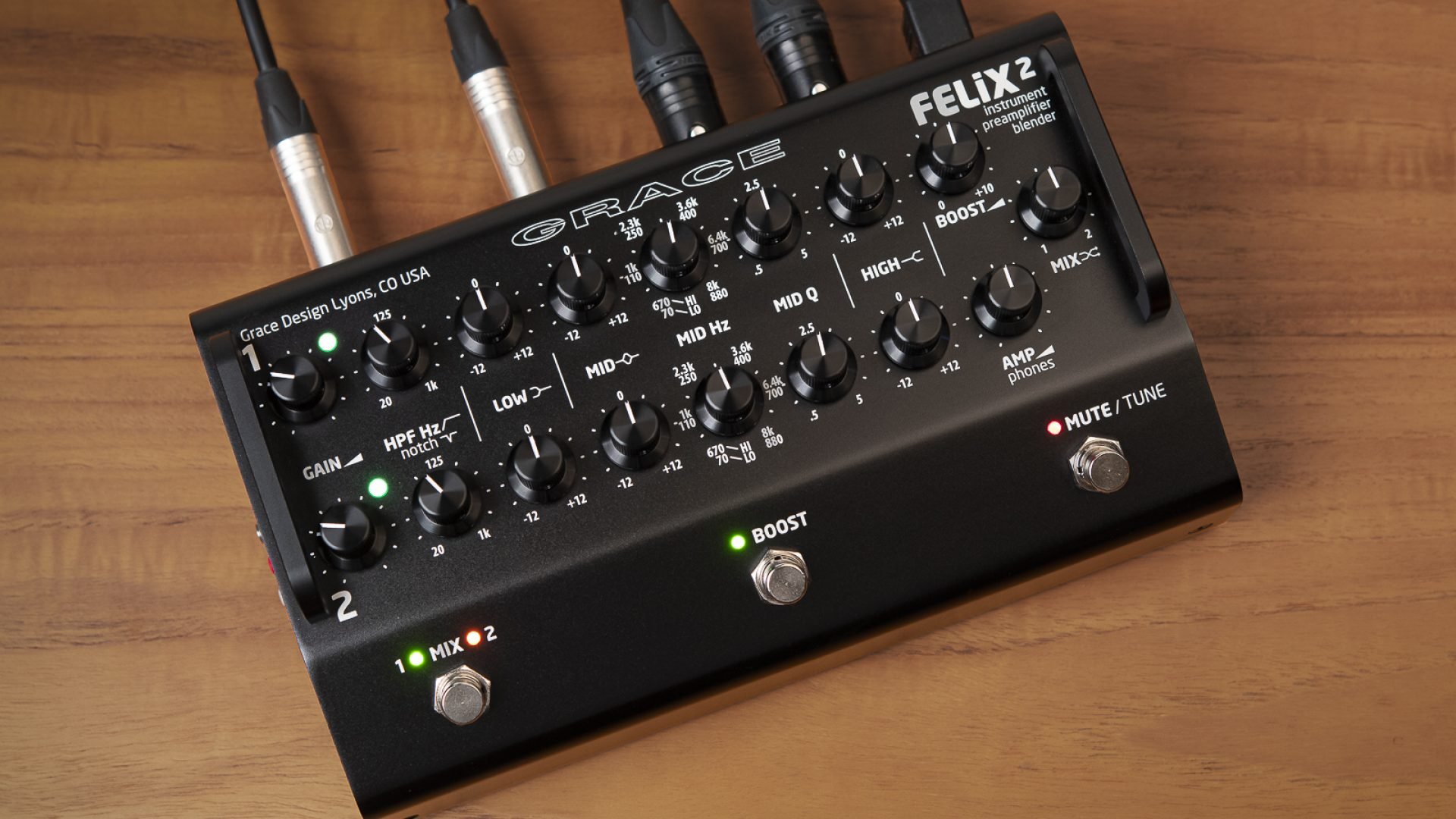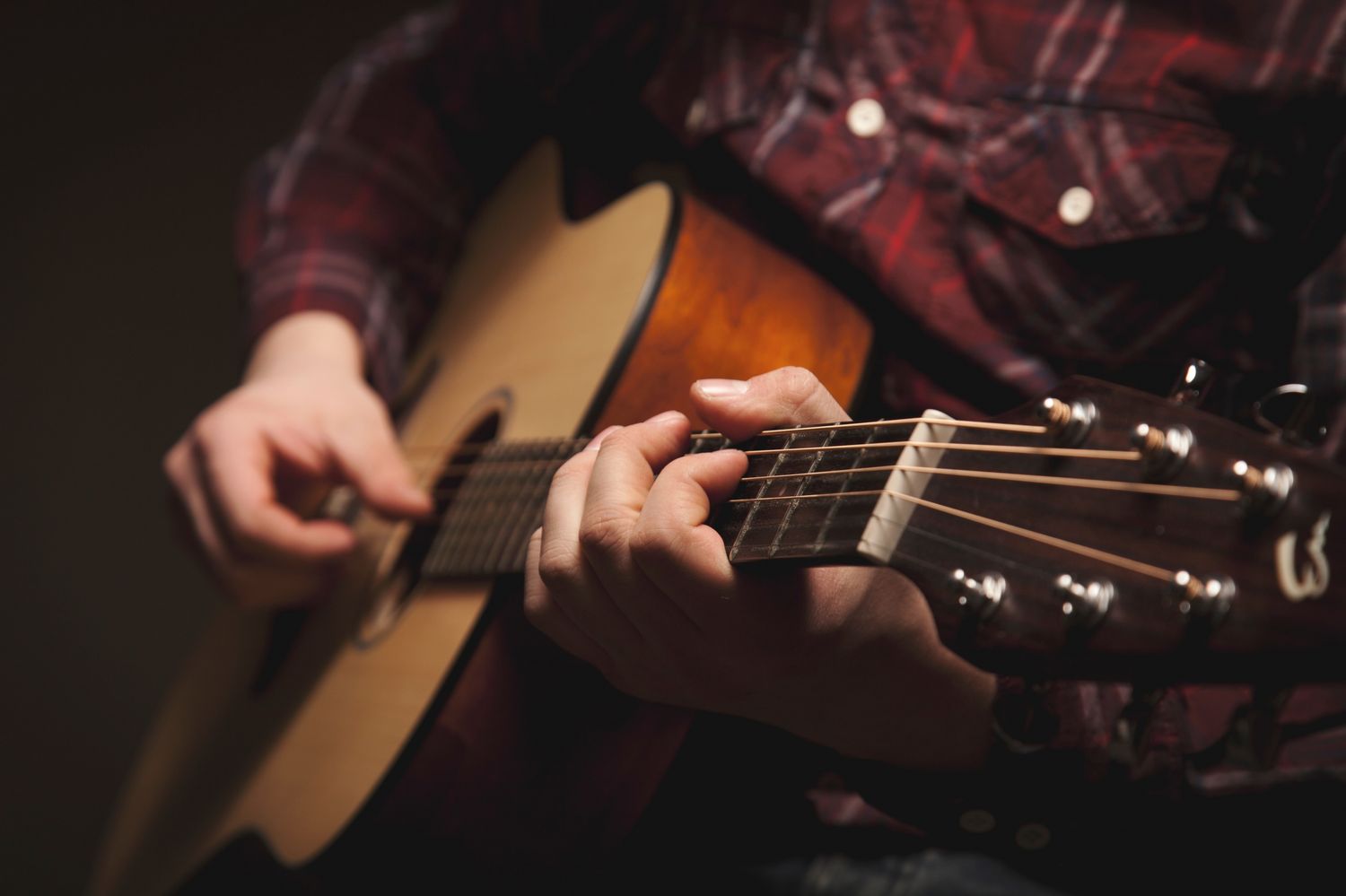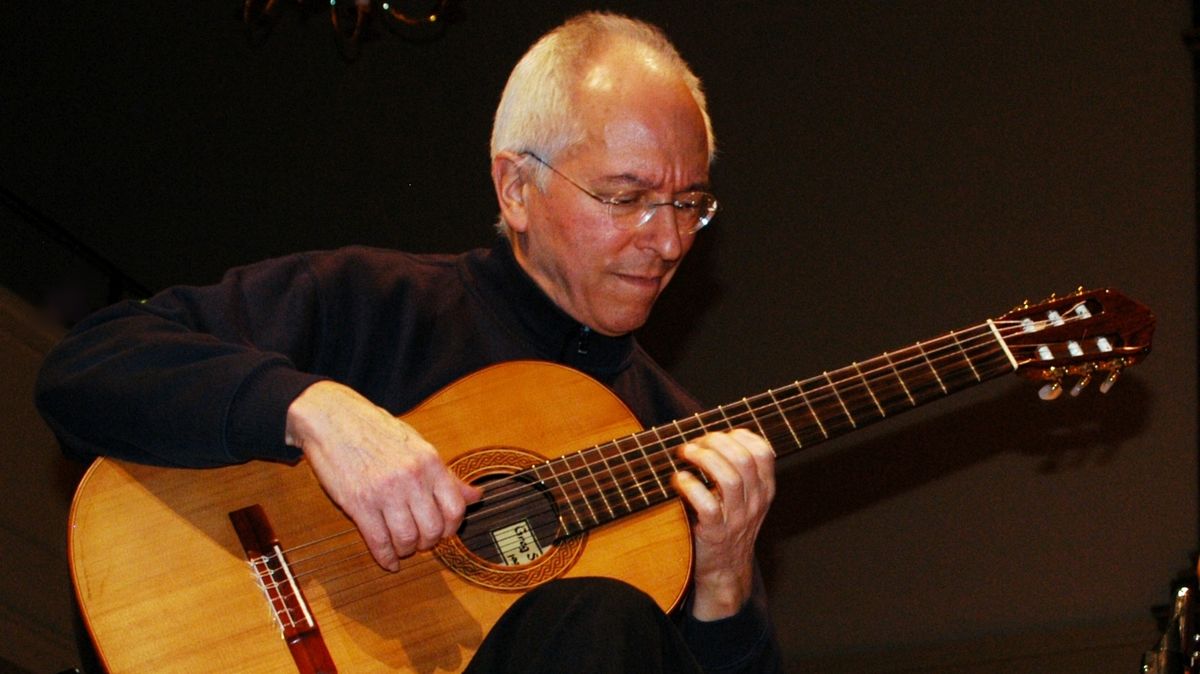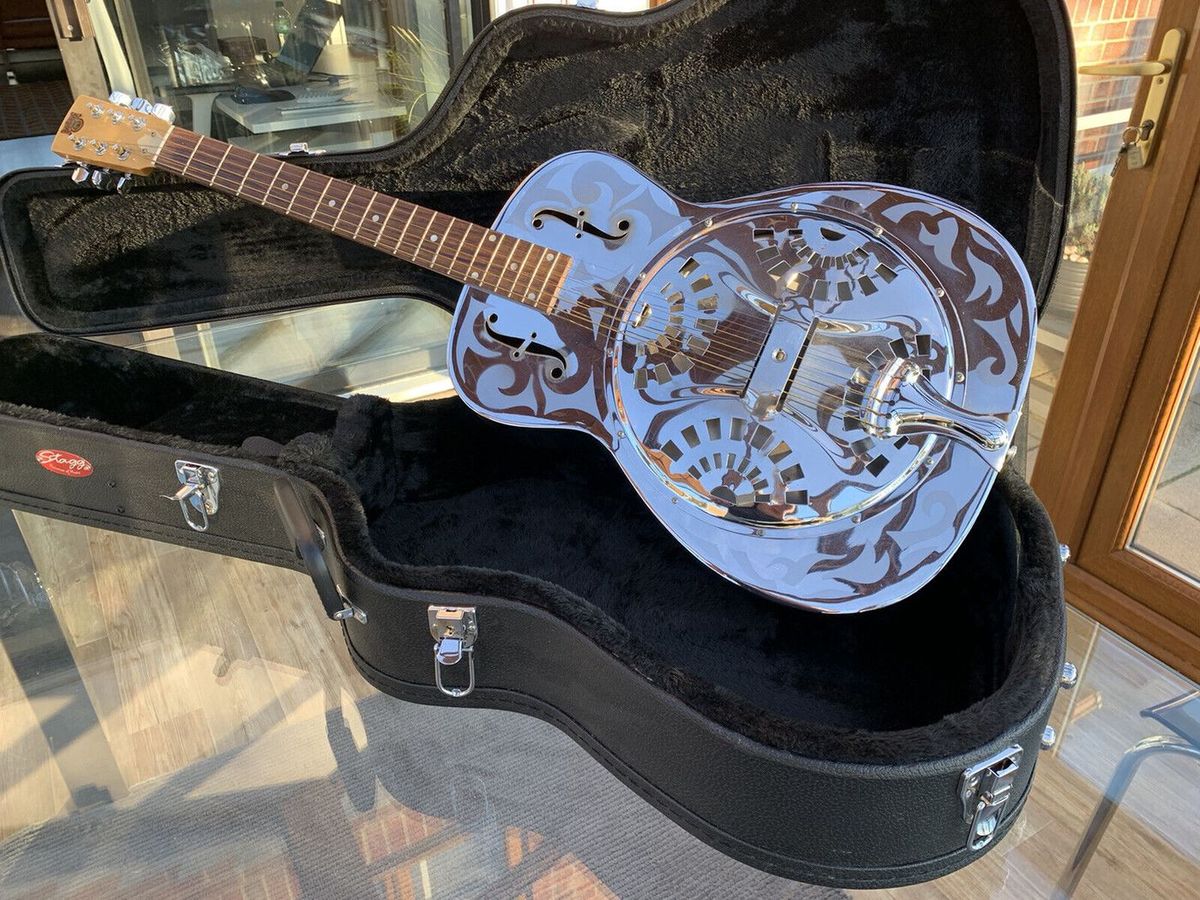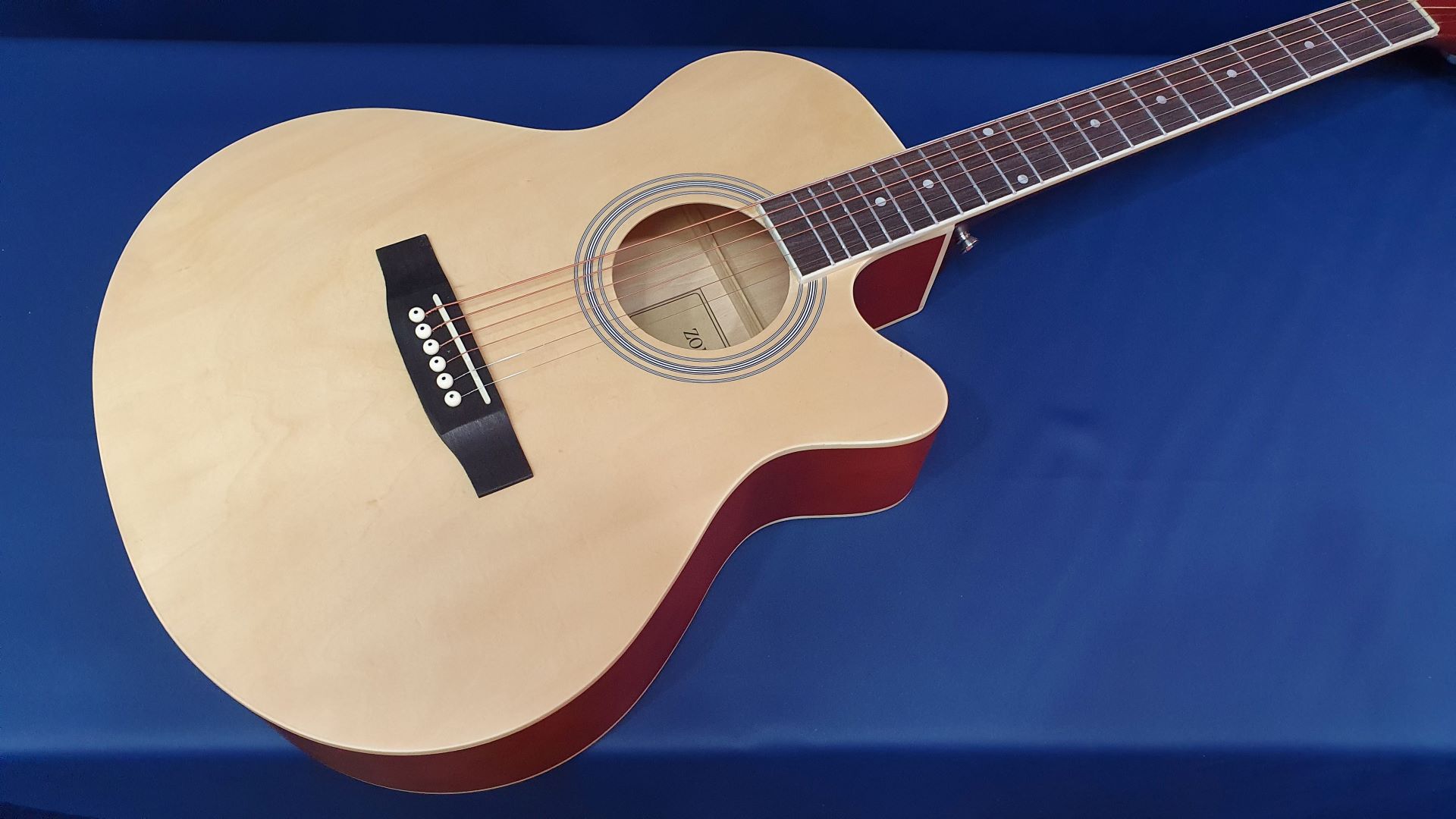Home>Instruments>Guitar>What Is An Archtop Guitar
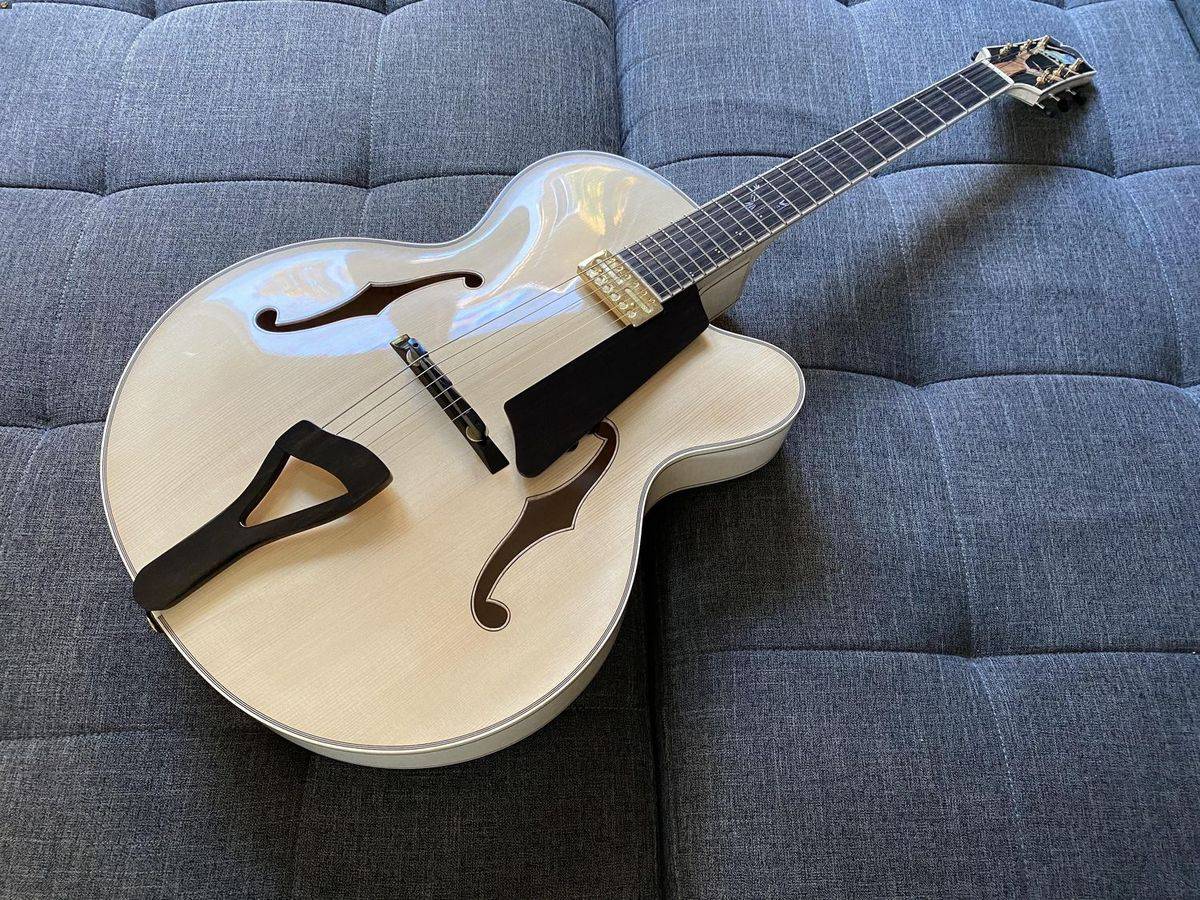

Guitar
What Is An Archtop Guitar
Published: February 15, 2024
Discover the unique design and sound of archtop guitars. Learn about their history, construction, and how they differ from other types of guitars. Explore the beauty and versatility of these iconic instruments.
(Many of the links in this article redirect to a specific reviewed product. Your purchase of these products through affiliate links helps to generate commission for AudioLover.com, at no extra cost. Learn more)
Table of Contents
Introduction
Welcome to the fascinating world of archtop guitars! These elegant and versatile instruments have left an indelible mark on the history of music, captivating audiences with their rich tones and timeless appeal. In this article, we will embark on a captivating journey to explore the origins, characteristics, types, and influential players of archtop guitars.
From the bustling jazz clubs of the 1920s to the modern stages of today, archtop guitars have continued to enchant musicians and listeners alike. Their distinctive design, featuring a curved or arched top and f-holes, sets them apart from other types of guitars, endowing them with a unique sonic signature. Whether you're a seasoned guitarist or an aspiring enthusiast, delving into the world of archtop guitars promises to be a rewarding and enlightening experience.
Throughout this article, we will uncover the rich history of archtop guitars, shedding light on their evolution from humble beginnings to becoming cherished icons in the realm of music. We will also delve into the defining characteristics that make archtop guitars a beloved choice for discerning musicians, exploring their tonal qualities, playability, and aesthetic allure. Additionally, we will take a closer look at the various types of archtop guitars, each with its own distinct features and sonic characteristics.
Furthermore, we will pay homage to the influential players who have wielded archtop guitars to create timeless music, leaving an indelible imprint on the musical landscape. By celebrating the artistry and innovation of these musicians, we can gain a deeper appreciation for the enduring legacy of archtop guitars.
So, join us as we embark on an enriching exploration of archtop guitars, where history, craftsmanship, and musical prowess converge to create an enthralling tapestry of sound and culture. Whether you're drawn to the soulful resonance of jazz, the vibrant energy of blues, or the melodic allure of folk and rock, the world of archtop guitars offers a wealth of inspiration and discovery.
History of Archtop Guitars
The captivating history of archtop guitars traces its roots back to the early 20th century, where they emerged as a response to the need for a louder and more sonorous instrument in ensemble settings. The archtop design was a revolutionary departure from the traditional flat-top guitars, offering enhanced projection and tonal richness that resonated effortlessly in group performances.
One of the pioneering figures in the development of archtop guitars was the renowned luthier Orville Gibson, whose innovative designs laid the groundwork for the iconic instruments we know today. In the 1920s, Gibson’s visionary craftsmanship gave rise to the first commercially successful archtop guitars, setting a new standard for acoustic resonance and playability.
During the golden era of jazz, archtop guitars became synonymous with the genre’s exuberant spirit and improvisational prowess. Their warm, articulate tones provided the ideal accompaniment for the burgeoning jazz movement, earning them a cherished place in the hands of legendary musicians and on the stages of iconic venues.
As the music landscape continued to evolve, archtop guitars transcended their jazz origins and found resonance in a diverse array of genres, including blues, swing, country, and beyond. Their adaptability and expressive range made them a favored choice among musicians seeking a versatile instrument capable of articulating a spectrum of emotions and musical styles.
Throughout the decades, archtop guitars have undergone refinements and innovations, with master luthiers and guitar manufacturers continually pushing the boundaries of craftsmanship and sonic excellence. From the classic designs of the mid-20th century to contemporary interpretations that blend tradition with modern advancements, archtop guitars have remained steadfast in their allure and relevance.
Today, the legacy of archtop guitars endures as a testament to the enduring artistry and ingenuity of those who shaped their evolution. Whether in the hands of seasoned virtuosos or aspiring artists, these iconic instruments continue to inspire and captivate, carrying forward a rich heritage that resonates across generations and musical genres.
Characteristics of Archtop Guitars
Archtop guitars are distinguished by several key characteristics that contribute to their distinctive sound and visual appeal. One of the defining features of these instruments is their arched or carved soundboard, which sets them apart from flat-top guitars and imbues them with a unique tonal resonance. The curvature of the soundboard, often crafted from select tonewoods such as spruce or maple, enhances the projection and articulation of the guitar’s sound, allowing for rich, complex tones to emanate with clarity and depth.
Another hallmark of archtop guitars is the presence of f-shaped sound holes, which adorn the top of the instrument and play a crucial role in shaping its sonic characteristics. These sound holes, reminiscent of violin design, contribute to the guitar’s acoustic properties by allowing the soundboard to vibrate more freely, resulting in a pronounced and nuanced tonal palette.
Furthermore, archtop guitars typically feature a floating bridge and tailpiece, which are not affixed directly to the soundboard. This design element facilitates the transmission of string vibrations and contributes to the instrument’s resonance and sustain. Additionally, the use of high-quality pickups and electronics in modern archtop guitars has expanded their sonic versatility, enabling seamless amplification for live performances and studio recordings.
Visually, archtop guitars exude an air of elegance and sophistication, with their gracefully contoured bodies and tasteful appointments. From ornate binding and inlays to meticulously crafted pickguards, these instruments showcase meticulous attention to detail and craftsmanship. The smooth, flowing lines of the arched top and the graceful curves of the body not only enhance the guitar’s acoustic properties but also elevate its aesthetic allure, making it a captivating work of art in its own right.
Whether in the hands of a discerning jazz aficionado, a blues virtuoso, or a versatile contemporary artist, archtop guitars embody a timeless blend of tradition and innovation. Their evocative sound, exquisite craftsmanship, and enduring legacy continue to enchant musicians and audiences, ensuring that they remain cherished icons in the realm of guitar craftsmanship and musical expression.
Types of Archtop Guitars
Archtop guitars encompass a diverse array of styles and designs, each offering unique tonal characteristics and visual aesthetics. From classic jazz boxes to modern iterations that push the boundaries of innovation, the world of archtop guitars presents a captivating tapestry of options for discerning musicians and collectors.
One of the most iconic types of archtop guitars is the traditional full-bodied jazz guitar, characterized by its large, resonant body and warm, mellow tones. These instruments, epitomized by models such as the Gibson L-5 and the D’Angelico Excel, have long been favored by jazz luminaries for their rich, full-bodied sound and impeccable playability. Their deep, sonorous voices and smooth, buttery articulation make them the quintessential choice for evocative jazz performances.
In contrast, there are also slimline or thin-bodied archtop guitars, which offer a more compact and lightweight alternative while retaining the essential tonal characteristics of their full-bodied counterparts. These sleek instruments, exemplified by models like the Gibson ES-175 and the Heritage Golden Eagle, deliver a focused, balanced sound with enhanced clarity and articulation, making them well-suited for a diverse range of musical styles beyond jazz, including blues, rock, and fusion.
Furthermore, contemporary archtop guitars often showcase innovative designs that marry traditional craftsmanship with modern features. Hybrid archtop guitars, which integrate elements of solid-body electric guitars with the classic archtop construction, offer enhanced versatility and amplified performance capabilities. These instruments, such as the Gibson ES-335 and the PRS Hollowbody, provide a seamless fusion of acoustic resonance and electric power, catering to the demands of today’s dynamic music landscape.
Additionally, luthiers and boutique guitar makers continue to explore new frontiers in archtop guitar design, crafting custom instruments that push the boundaries of creativity and sonic excellence. From multi-scale fretboards to exotic tonewoods and avant-garde aesthetics, these artisanal archtop guitars represent the pinnacle of innovation and individuality, catering to the discerning tastes of connoisseurs and performers seeking a truly one-of-a-kind instrument.
Whether steeped in tradition or at the vanguard of contemporary design, archtop guitars offer a wealth of options for musicians seeking an instrument that embodies timeless elegance, expressive versatility, and unparalleled craftsmanship.
Famous Archtop Guitar Players
The history of archtop guitars is interwoven with the virtuosity and innovation of legendary musicians who have harnessed the instrument’s expressive potential to shape the course of music across genres. From the smoky jazz clubs of yesteryear to the global stages of today, these iconic players have left an indelible mark on the sonic tapestry of the archtop guitar.
- Charlie Christian: Widely regarded as one of the pioneering figures in jazz guitar, Charlie Christian’s groundbreaking use of the Gibson ES-150 archtop electric guitar revolutionized the role of the instrument in jazz ensembles. His innovative single-note improvisations and melodic ingenuity set a new standard for jazz guitarists, earning him a revered place in the pantheon of jazz luminaries.
- Joe Pass: Renowned for his unparalleled dexterity and harmonic sophistication, Joe Pass elevated the art of solo jazz guitar with his virtuosic command of the Gibson ES-175. His masterful chord melody arrangements and improvisational prowess continue to inspire generations of guitarists, solidifying his legacy as a true maestro of the archtop guitar.
- Herb Ellis: As a prominent exponent of the archtop guitar in the realm of mainstream jazz, Herb Ellis’s lyrical phrasing and blues-infused stylings on the Gibson ES-165 captivated audiences and fellow musicians alike. His collaborations with jazz luminaries such as Oscar Peterson and Ella Fitzgerald showcased the expressive depth and versatility of the archtop guitar in ensemble settings.
- Wes Montgomery: Revered for his unparalleled thumb picking technique and soulful improvisations, Wes Montgomery’s indelible impact on jazz guitar was epitomized by his iconic use of the Gibson L-5. His warm, singing tone and inventive approach to chordal improvisation continue to resonate as a touchstone for aspiring jazz guitarists seeking to unlock the expressive potential of the archtop guitar.
Beyond the realm of jazz, the influence of archtop guitars extends to other genres, with renowned artists harnessing the instrument’s evocative voice to shape diverse musical landscapes. From the blues-drenched licks of T-Bone Walker’s Gibson ES-250 to the rockabilly twang of Scotty Moore’s Gibson ES-295, the archtop guitar has left an indelible imprint on the fabric of popular music, enriching recordings and live performances with its timeless allure.
Today, a new generation of artists continues to carry the torch of archtop guitar excellence, drawing inspiration from the trailblazing legacy of their predecessors while forging new pathways of innovation and creativity. As the timeless resonance of archtop guitars continues to captivate listeners and players alike, the enduring influence of these iconic musicians ensures that the legacy of the archtop guitar remains vibrant and enduring in the annals of musical history.
Conclusion
The world of archtop guitars unfolds as a captivating saga of innovation, artistry, and musical prowess, resonating across generations and genres with its timeless allure. From the pioneering craftsmanship of luthiers to the virtuosic performances of iconic players, the archtop guitar stands as a testament to the enduring legacy of excellence and creativity in the realm of musical instruments.
As we reflect on the rich history and defining characteristics of archtop guitars, we are reminded of their pivotal role in shaping the sonic landscapes of jazz, blues, rock, and beyond. The arched soundboards, f-shaped sound holes, and elegant contours of these instruments embody a harmonious blend of tradition and innovation, offering a canvas for musicians to articulate their deepest emotions and creative visions.
Moreover, the diverse array of archtop guitar types, from full-bodied jazz boxes to contemporary hybrids, speaks to the instrument’s adaptability and enduring relevance in an ever-evolving musical landscape. Whether in the hands of a seasoned jazz virtuoso, a blues luminary, or a boundary-pushing contemporary artist, the archtop guitar continues to inspire and captivate, serving as a conduit for boundless musical expression and exploration.
Furthermore, the indelible imprint of famous archtop guitar players, from the trailblazing innovations of Charlie Christian to the soul-stirring artistry of Wes Montgomery, underscores the instrument’s profound impact on the evolution of music. Their contributions have not only elevated the status of the archtop guitar but have also enriched the musical tapestry with an enduring legacy of virtuosity and innovation.
As we look to the future, the resonant voice and timeless elegance of archtop guitars will undoubtedly continue to captivate and inspire, beckoning forth new chapters of creativity and sonic exploration. Whether in intimate jazz clubs, expansive concert halls, or the boundless realm of digital recordings, the enduring allure of archtop guitars will echo through the annals of music, ensuring that their legacy remains vibrant and cherished for generations to come.

